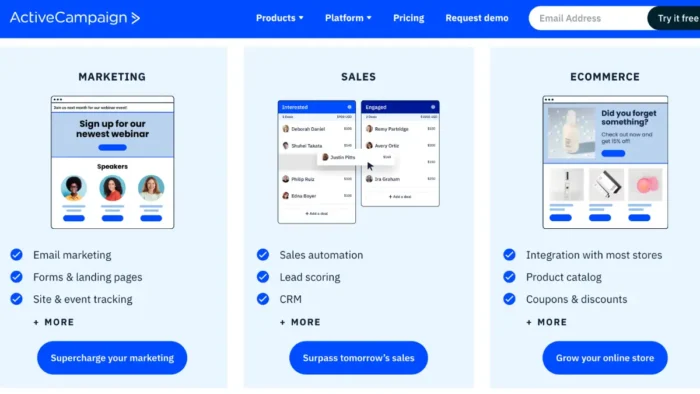When measuring the success of marketing campaigns, one often thinks of metrics such as click-through rates, impressions, or conversion percentages. But for those industries where phone calls still play a crucial role, understanding how your campaigns affect call volume and quality can be invaluable. This is where call tracking comes into play.
Before diving deeper, it’s important to know what call tracking software is. This software enables businesses to identify the sources of incoming phone calls, linking them back to specific marketing campaigns or advertising channels. With the right tactics, you can leverage this tool to its full potential and ensure a higher return on your marketing investment.
1. Value Each Marketing Channel
Not all marketing channels have the same impact on your audience. With call tracking software, you can pinpoint which advertising mediums generate the most valuable calls—whether print, radio, online, or others. By analyzing this data, you can allocate resources more effectively, focusing on high-performing channels and re-evaluating those that don’t meet expectations.
2. Boost Ad Spending Efficiency and ROI
You’re investing money in your campaigns, so it’s only logical you’d want a healthy return on investment (ROI). You can see where your dollars are best spent with insights from call tracking software. If one advertising medium is outperforming the others regarding call conversions, it clearly indicates where to channel more funds. Conversely, underperforming channels may need a strategy revamp or reduced budget allocation.
3. Enhance Caller Experience Through Context
Nothing speaks louder than a personalized customer experience. When you understand the source of a call, you can tailor the conversation to the caller’s needs. For instance, if they’re responding to a specific promo you advertised, your representatives can greet them with details relevant to that offer. This level of personalization impresses the caller and increases the chances of a successful conversion.
4. Assess and Develop Your Sales Team
Aside from gauging marketing effectiveness, call tracking offers another advantage: assessing your sales team’s performance. By monitoring calls and understanding the source of each, you can identify potential training needs or areas of improvement. Perhaps certain campaigns generate complex queries that your team struggles with. By being in the know, you can equip them with the necessary knowledge and skills to handle such calls better in the future.
5. Refine Your SEO And Content Strategy
By knowing which keywords or content pieces are driving calls, you can further optimize your search engine optimization (SEO) and content strategies. If a blog post or a specific keyword generates more phone inquiries, it indicates a higher interest in that topic. Capitalize on this by creating more content around it or optimizing your website to rank better for those specific terms.

6. Harness the Power Of A/B Testing
In the realm of marketing, A/B testing isn’t new. However, combining it with call tracking takes it to another level. By running two versions of an ad and using distinct phone numbers for each, you can directly measure which version resonates more with your audience in terms of call volume and quality. The data you gather here isn’t just about the number of calls. It’s about understanding your audience’s preferences and fine-tuning your message for maximum impact.
As you step into the world of call tracking, remember that it’s a tool—and like any tool, its effectiveness lies in how you use it. With these tips, you’re better equipped to leverage call tracking software and reap its benefits for your marketing campaigns.
7. Streamline Marketing Metrics for A Cohesive Analysis
Marketing often involves juggling numerous metrics, from online analytics to print media impressions. The beauty of integrating call tracking software into your toolbox is that it bridges the gap between online and offline marketing efforts. Instead of viewing your metrics in isolation, call tracking allows you to see the big picture.
You’ll understand how your offline campaigns influence online behaviors and vice versa by analyzing call data with online metrics. For instance, did your radio ad drive more traffic to your website? Or did a social media campaign spur more phone inquiries? Unifying your data offers a holistic view, enabling more informed decision-making for future campaigns.
8. Boost Local Marketing Efforts
Many businesses heavily rely on local clientele, especially those with physical locations. With geo-tracking features present in most call tracking software, you can identify where your calls are originating. Are they local? From another state? Maybe even international?
Understanding these geographical patterns can inform your local marketing strategy. If a specific region shows heightened interest, consider ramping up localized ads or promotions targeting that area. Conversely, if a location isn’t generating the expected call volumes, you might need to revisit your approach or conduct market research to understand local preferences better.
Conclusion
Call tracking isn’t merely about counting calls. It’s a comprehensive solution offering insights into your marketing strategies, audience preferences, and internal team performance. By harnessing its full potential, you can ensure your marketing campaigns aren’t just successful and cost-effective.




